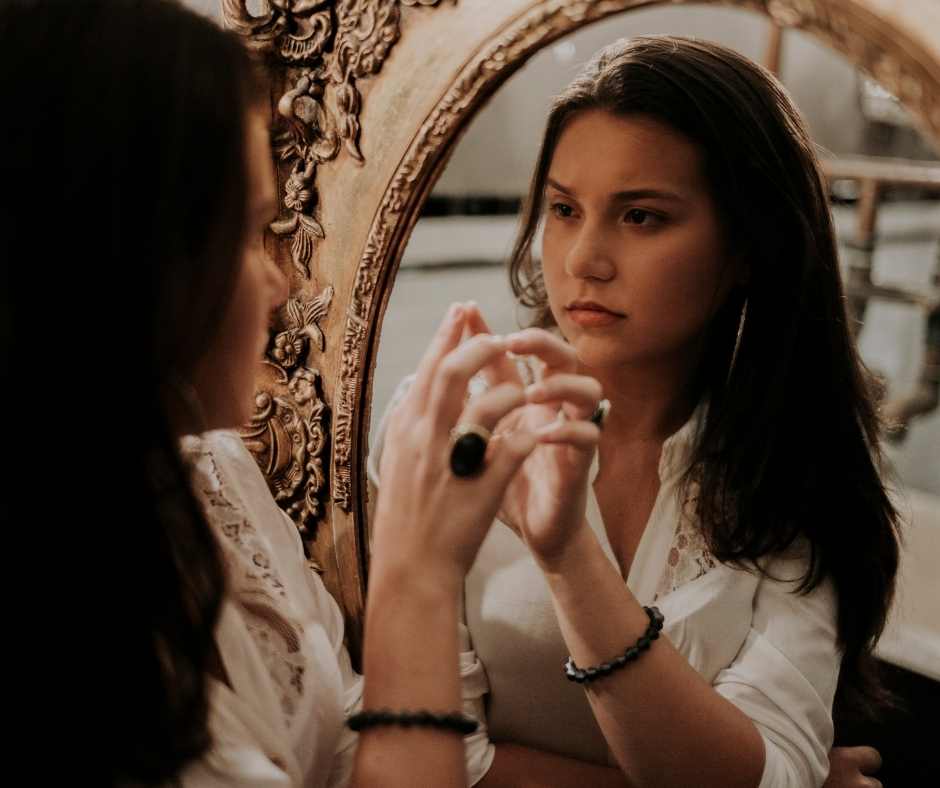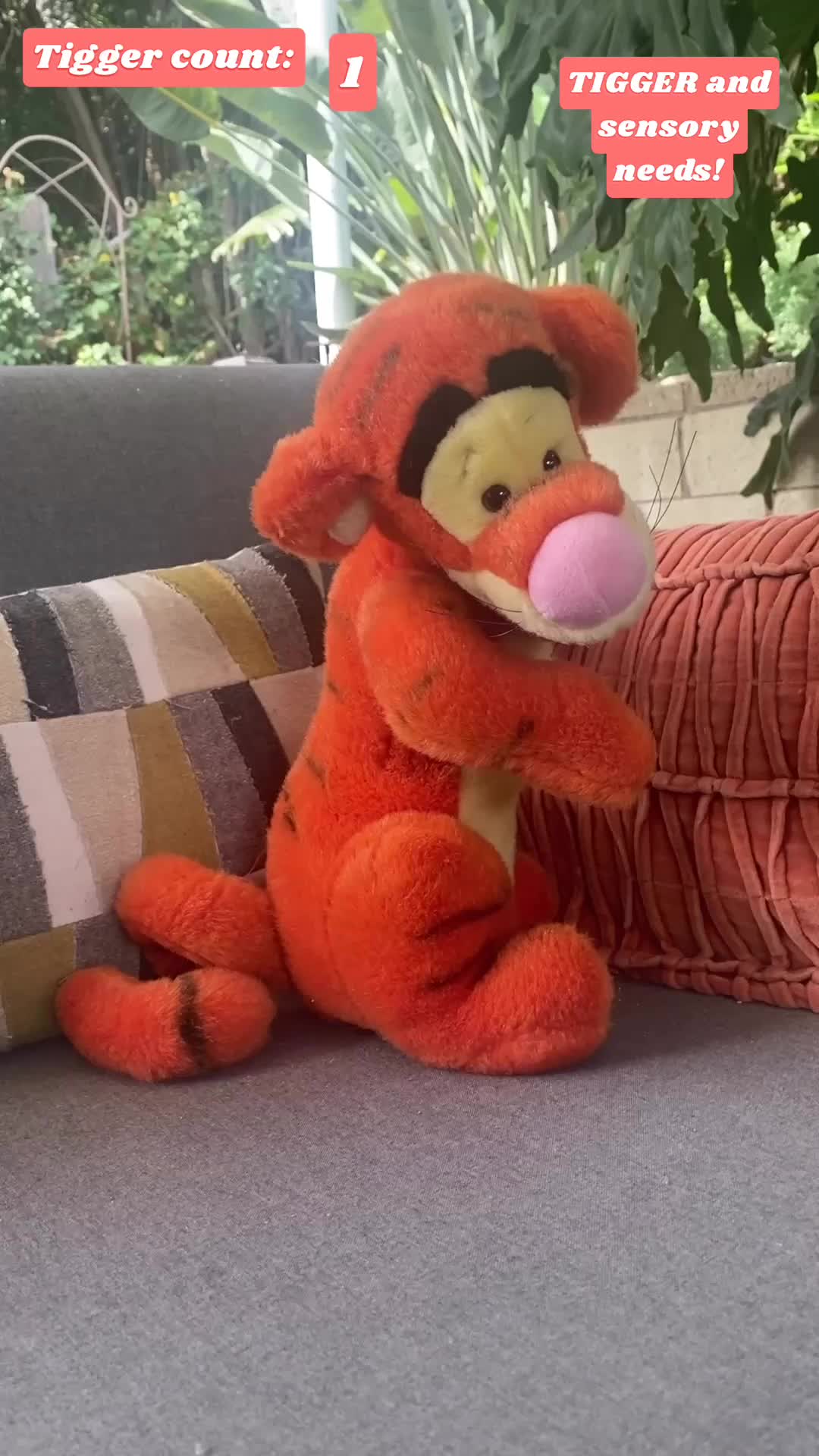Your self-image is the way you view yourself, and by which you interact with the world. You might view yourself as a parent, student, friend, high-achiever, slow learner. But you’re more than your grades, weight, gender, and age. You’re more than your parents’ opinion.
You’re a unique person with nuances that are unique to you!
When who you are aligns with what you do, you feel free and able to become the best version of you. But many of us view ourselves as one way and live another, and it’s understandable. Human being are social creatures. We want to wear the “cool” sneakers, have the latest hot gadgets. We want the acceptance and recognition of others. Tweens and teens, especially, are more prone to peer pressure and herd mentality. This Wall Street Journal article exams the reasons. Act like you matter because you do. Authentic people act honestly and congruently to their true self.
The benefits of an authentic self-image are enormous: success, self-esteem, respect, and inner peace.
Those who act against their values, beliefs, and attitudes suffer from more anxiety, guilt, and shame. It might seem easier to live up to the expectations of others in the short-term, but the long-term costs are significant.
Follow these steps to discover and live with your authentic self-image:
- Identify your core values. An authentic self-image is one that is aligned with your values, and those values often are not immediately obvious. By discovering your values, you’ll gain an understanding of what is important to you. Once you know your values, you can build a self-image and life that are more meaningful and enjoyable.
- Make a list of your values. Create a long list and include everything that you think applies to you. Then, reduce your list to the ten values that are most important to you. You might struggle to narrow your list to just ten, but ten values are plenty. Follow the two steps below to make discovering your core values easier. In case you need some inspirations, here is a short list of values to get you started, or you may refer to this long list of 200+ values.
The Good
- Start with experiences that made you feel good in the moment, and still feel good now.
- What was going in at the time?
- What values did you adopt during those experiences?
The Bad
- Reverse gear now and think of times when you felt very frustrated, sad or angry.
- What values got violated or suppressed in those times?
- Determine if you have any conflicts. For example, you might say that adventure and freedom are two of your most important values, but what if you also strongly favor responsibility and security? Those values could be in conflict and create cognitive dissonance, which builds stress and decrease your performance.
- When you’re faced with an inner conflict, you’re likely to shut down and do nothing. If you’ve ever been paralyzed while making a decision, it’s possible your values were in conflict.
- Do you have any values listed that aren’t really priorities for you? We often carry around perspectives instilled by our parents, communities, friends. Take the time to determine your values for yourself. Carefully examine what society says you should value and compare them against what truly matters to you.
- Create an action plan for each value. Your action plan doesn’t need to the be all end all. Starting with small steps is fine if you’re consistent. As you progress, you can always add to or modify your action plan.
- Make a list of activities you enjoy that are in alignment with your values. For example, if generosity is a priority, you could find an enjoyable way to spend your time helping others. If health is a value you cherish, you could join a soccer team or start a jogging routine. Find your favorite sport and participate.
- Reflect at the end of each day. Take some time to remember when you were able to live according to your values and self-image, and don’t skip those moments when doing so was challenging.
Authenticity improves our self-esteem and overall happiness, but it takes practice, and isn’t without deliberate effort. Be bold enough to choose the person you want to become and live accordingly. The benefits are enormous. What are your values?





Leave a Reply